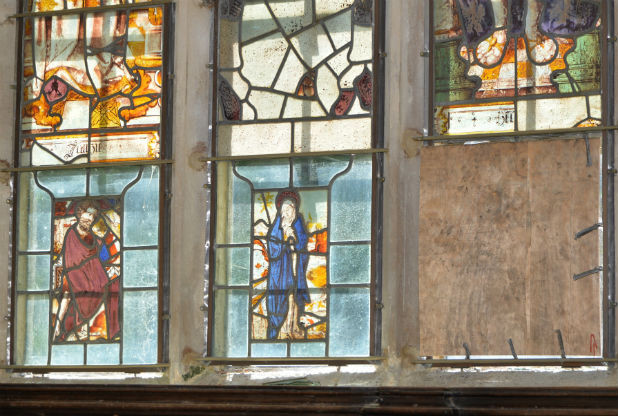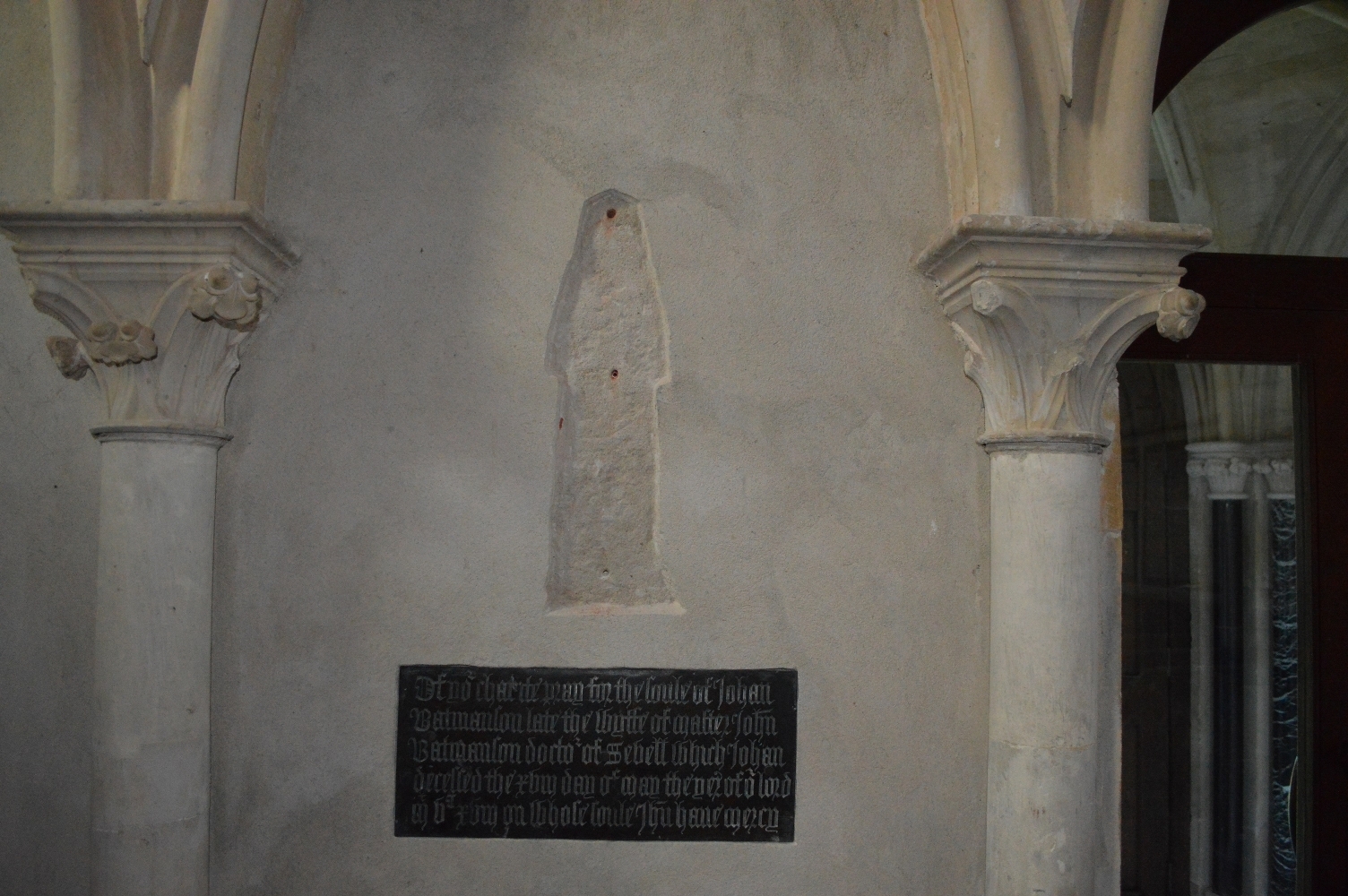Tackling Heritage Crime
Historic England’s Head of Heritage Crime & Policing Advice, Mark Harrison, explains measures taken to protect our heritage.
What is 'heritage crime'?
Historic England define heritage crime as, ‘Any offence which harms the value of England’s heritage assets and their settings to this and future generations.’
Harm caused to heritage by crime or anti-social behaviour often has both direct and indirect impacts. Vandalism or theft not only results in damage to heritage assets themselves, but also to the local community to which they belonged, through indirect social or economic consequences.

The problem of crime and anti-social behaviour relating to historic buildings is not a modern phenomenon. It has been documented and recorded for centuries. However, what is new is the sheer scale and extent.
For example, in 2012, Historic England (formerly English Heritage) research revealed that in 2011, 18.7% of all listed buildings were physically affected by criminal activity. That’s over 70,000 listed buildings! For almost 30,000 listed buildings, the impact was classified as ‘substantial’. While around 20% of listed buildings are harmed by crime every year, the figure is almost double for listed places of worship.
Fighting back
For more than 100 years, Parliament has recognised the need to protect England’s irreplaceable stock of historic sites. This has included the introduction of specific offences to counter the threats of theft, damage and unauthorised works and alteration.

The challenge for the authorities charged with the protection of the nation’s heritage is clear: the historic and cultural environment should be passed to the next generation in as good, if not better, condition as we find them.
In 2010, Historic England - in collaboration with the National Police Chiefs’ Council, the Crown Prosecution Service, and some local planning authorities - recognised the need for a structured, coordinated approach to prevent and investigate crime within the historic environment. This was a significant development and highlighted the level of concern and commitment across the heritage and law enforcement sectors to address the issues.
The Heritage Crime Programme – taking a co-ordinated approach
Significant progress has been made over the last seven years. The Heritage Crime Programme has stimulated an awareness of the existence and significance of protected heritage assets at a local and national level. Over 8,000 law enforcement and heritage professionals and local community activists have been provided with the advice, training and expertise they require to protect the historic environment in their local areas.
A growing number of police services have identified officers to act as single points of contact for matters relating to heritage and cultural property crime – a function that is often aligned to the investigation of offences within the rural and natural environment.
This network of specialist officers, police staff and support volunteers is helping to provide an effective and efficient response to heritage crime. In addition, several partnership campaigns have launched to target specific heritage crime threats. These include:
- ‘Operation Crucible’ – theft of metal from protected historic sites and buildings;
- ‘Operation Birdie’ – Unlawful interference and salvage from historic wreck sites.
- ‘Operation Chronos’ – unlawful metal detecting;
In parallel, the Crown Prosecution Service has identified specialist prosecutors to act as Wildlife and Heritage Crime Coordinators.
Our understanding of the extent and scale of the problem will continue to develop as the intelligence-gathering and assessment processes develop. An increased level of understanding will allow for the effective implementation of appropriate preventative and enforcement measures and activities needed to reduce heritage crime, and, where offences do occur, how to identify those responsible and to bring them to justice.
- Find out more about our about our Campaign against Heritage Crime, and how you can help us protect historic buildings here.

